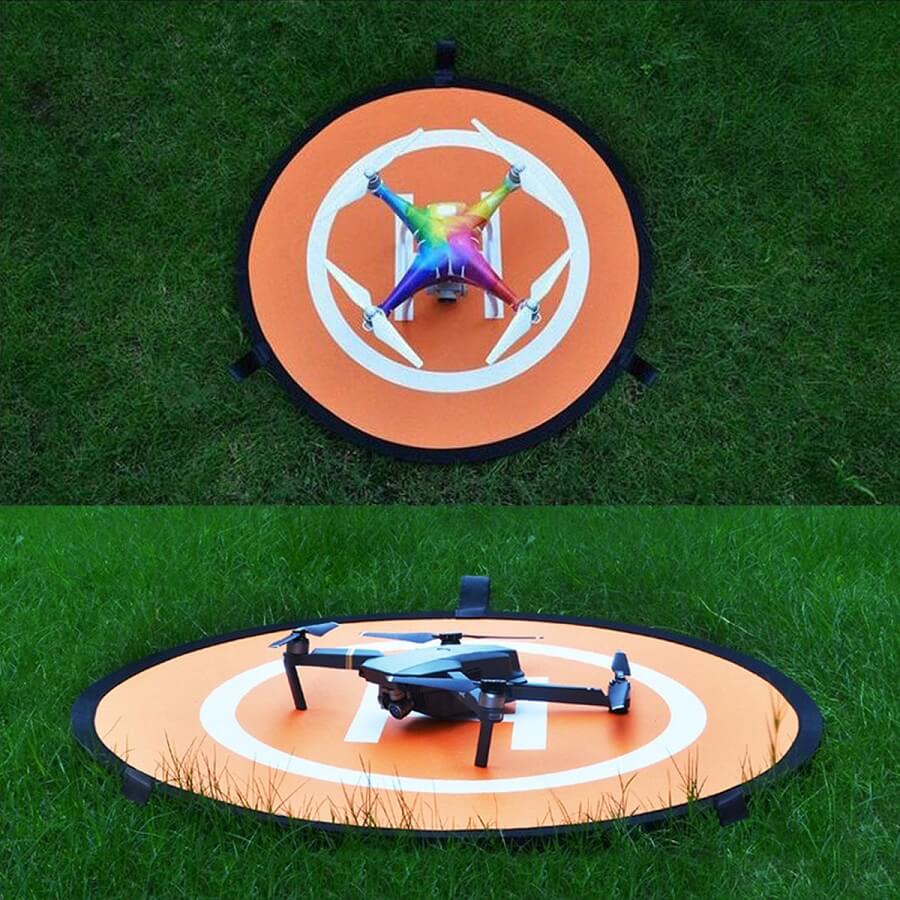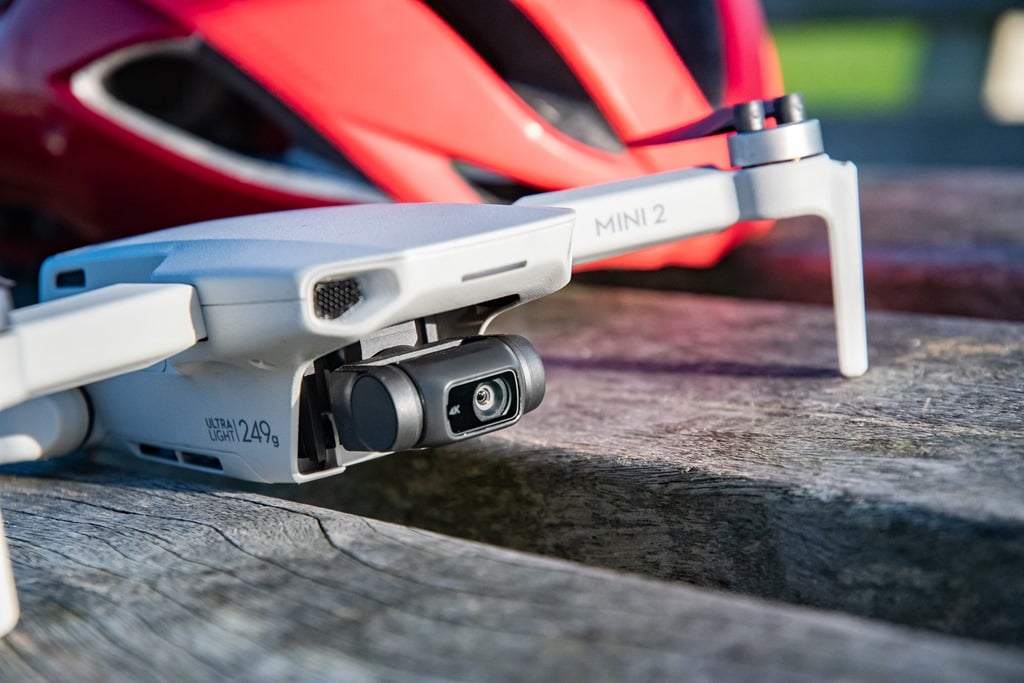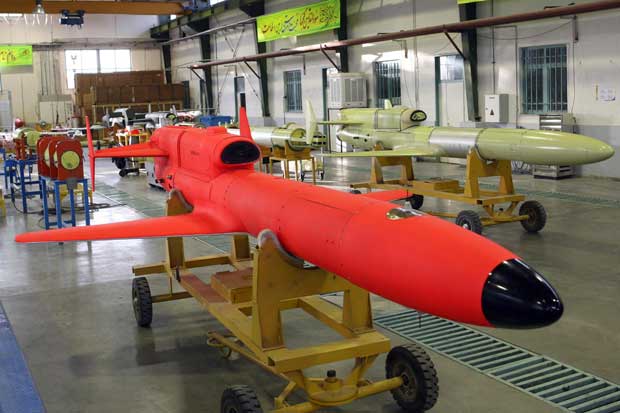
Pioneer UAVs were initially used to transport battleships from the Iowa class. However, they quickly began to be deployed on land bases. It was not officially designated military until 1997 when the DOD introduced a new Q-for -UAV category. Pioneer UAV Inc. is a joint venture of AAI Corp. and IAI Corp. and is located in Santa Monica, California. This article will provide a brief overview of Pioneer UAV Inc. and its capabilities.
RQ-2A Pioneer
RQ-2A Pioneer UAVs are one of the most famous unmanned aerial vehicles in military service. Pioneer UAVs Inc. developed it. It is the oldest UAV that the U.S. military still uses. It was first acquired in December 1985 by the Navy. A second one was deployed onboard USS Iowa in Dec 1986. The Pioneer was built from an Israeli Aircraft Industries Scout UAV and flew 858 combat sorties during World War II. It has also flown over Haiti, Somalia, and Bosnia. It reached the 15,000-hour milestone in Jul 1997.
The RQ-2A features an inertial Navigation System and a 2-way C-band Datalink. It can fly independently or autonomously, and can transport a 75-pound payload. You can also attach an EO/IR sensor to the gimbaled part of the aircraft. It can also transmit analog video in real-time to ground control using a Cband line-of sight data link. It flew missions in Iraq War, Kosovo War, and Persian Gulf.

RQ-2B Pioneer
UAV RQ-2B Pioneer is a low-cost and versatile unmanned aerial vehicle (UAV), that's used by the U.S. Marine Corps as well as the U.S. Navy. It can be landed on land or launched from a catapult. It can also fly for five hours. It can carry a payload weighting 75 lb (34kg), and an EO/IR sensor. Its line of sight data link transmits analog video and data in real time. Pioneer was used in the conflicts in Iraq, Kosovo and the Gulf. It has also been used in training and testing exercises.
Other features include the RQ-2B's inertial navigation (INS), two-way C band datalink and an autopilot. The UAV's datalink range is 185km and it can fly preprogrammed missions. It carries a Wescam DS-12 EO/IR sensors as its payload.
RQ-2C Pioneer
The RQ-2C Pioneer UAV, a twin-boom pusher powered by a 2-stroke piston engine, is powered by a RQ-2C Pioneer UAV. It can be launched using a rocket booster or catapult. The payload is 75 pounds and it can fly for up five hours. Gimbaled EO/IR cams fly in a fixed place and transmit analog video to the ground via a Cband line of sight data link. The aircraft is made from lightweight materials such as carbon-fiber composites and fiberglass.

The aircraft can fly alone or remotely piloted from a Ground Station. The aircraft is self-sustaining because it has an autopilot and a ground based tracking control unit. The data link between the ground and the aircraft is jam-resistant. If there is a problem, it switches to backup mode. You can control the aircraft remotely or with soldiers sitting in a cockpit.
FAQ
Where can I buy a drone?
You can buy many types of drones online. Some prefer to purchase their drones via Amazon, eBay, and Walmart. Others prefer to purchase their drones directly at the manufacturer.
How can I keep drones out of my house?
Drones have become increasingly popular for home surveillance. But they also pose a security threat to privacy. To avoid drone attacks, install motion sensors around the property. They will detect any unapproved flying objects.
What kind batteries does a drone need?
Most drones use lithium-ion batteries. A drone typically uses between 3 to 6 volts.
Do I need special training to fly a drone?
No, you don’t have to learn any special skills in order for your drone to fly. You will only need a remote control unit, and some knowledge about flight mechanics.
How do you travel with a drone?
Drones are becoming more and more popular for personal and professional use. They are used for photography, filming, aerial mapping, search & rescue, and other applications. The FAA has recently approved several new drone regulations, which include requirements for registration, licensing, pilot training, and insurance. These modifications will ensure that drones remain safe and secure for all involved.
Can I fly my drone in my local park?"
You can fly drones in parks around the globe. Some countries prohibit the use of drones in parks. This is because of safety concerns. Check out our list of places where you can legally fly drones for fun.
What are the laws around flying drones?
The Federal Aviation Administration (FAA), oversees all aspects of drone operation in the United States. To operate a drone commercially, you must first get a certificate from the FAA. Then, you must complete a course in piloting skills and pass an exam. The agency will require you to pay a fee.
Statistics
- According to industry research from ZipRecruiter , there are 10 cities where the typical salary for a Drone Pilot job is above the national average. (dronesgator.com)
- According to the multiple listing service (MLS), houses and apartments with drone photographs are up to 68 percent more likely to sell than those without pictures. (thedroneu.com)
- According to Indeed, a drone pilot gets paid $25.73 per hour on average in the US. (dronesgator.com)
External Links
How To
How to Fly Drones for Beginners
A drone is a remotely-controlled aircraft that is used for aerial photography and surveillance. Drone technology has been around since World War II. DJI's Phantom quadcopters became commercially available in 2010. From beginner-friendly drones such as Parrot AR Drone 2.0 through professional-grade multirotor craft like DJI Mavic Pro, many types have been available.
You can fly a drone in many different ways, including:
-
Remote control: This uses a remote control device that attaches to your hand and allows you control the drone along its flight path. There are two types of controllers available: joysticks and on/off switches.
-
Manual Control- This allows you to control your drone remotely via GPS coordinates. The app will give you instructions.
-
Autonomous Flight: This means that the drone will take care of all the piloting. It is basically flying autonomously and without human intervention. To enable autonomous flight, the drone should have a built in camera and sensors capable recording images and data.
-
Triggered Flight - This method is similar to manual control, except the pilot manually sets up a preprogrammed route, and the drone follows that route until it reaches the endpoint. After the preprogrammed route is complete, the drone will automatically land and return to its base.
-
Landing Gear – A few drones come with landing gear. This allows them land safely in the event of losing power or running out of battery.
-
Goggles – Pilots often wear goggles while flying to keep themselves safe from any debris.
-
Camera - Some drones can be equipped with cameras which enable you to capture photos from the sky.
-
Obstacles - Some drones can be equipped with obstacle avoidance systems that prevent them from crashing into obstacles.
-
Speed - Some drones reach speeds exceeding 40 mph.
-
Battery Life: Most drones have a battery life of between 20 and 30 minutes depending on how many power sources you use.
-
Range - Some drones can travel upto 30 miles depending on their models.
-
Power source – Some drones require external power sources, others require internal batteries.
-
Weight - Some drones weigh less than 1 pound, whereas other models weigh up to 4 pounds.
-
Size - Drones range from small devices that fit in one's palm to large crafts that weigh more than 50 pounds.
-
Price - High-end drones can go for thousands of dollars, while low-cost models start at $100.